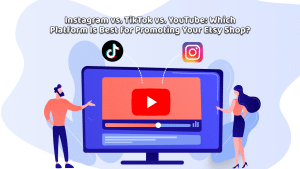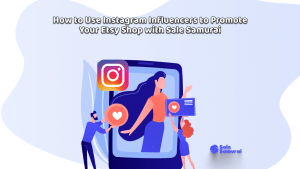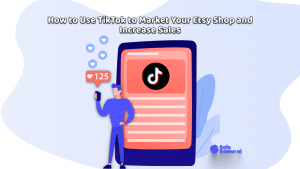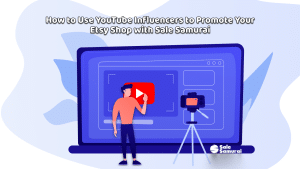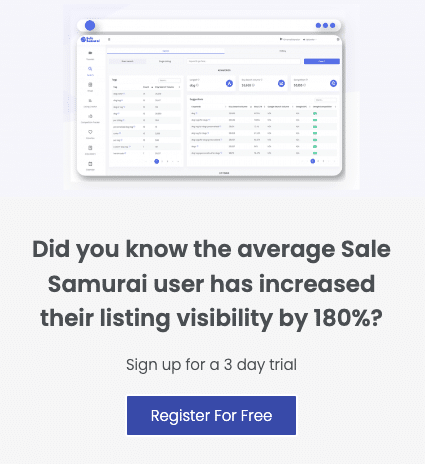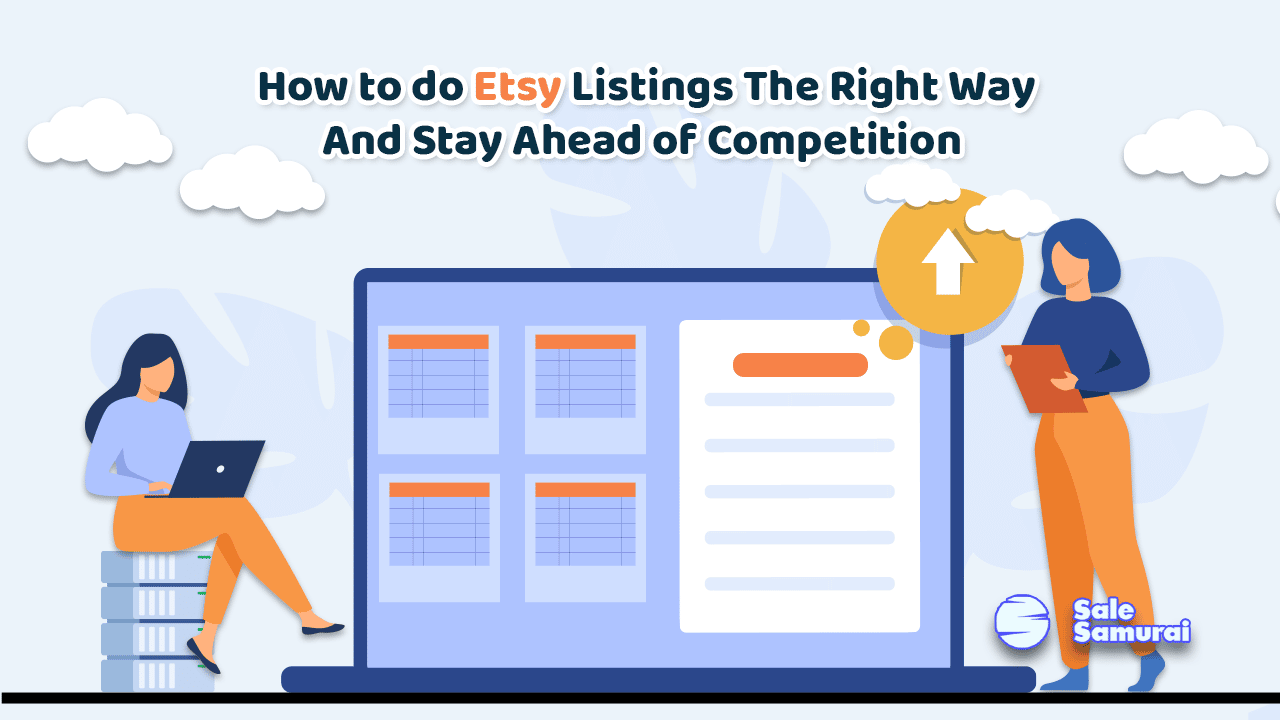
Your products are ready, and you have a plan: everything’s going up into your Etsy store and you’re going to sit back and watch the sales come pouring in. And then… they don’t. And you wait, and wait, and nothing happens.
You see what you have to offer, you’ve worked very hard to make it perfect. You’ve made some sales in person perhaps, but why is the online world not seeing the same value in what you do? Well, in person, people can see your item and understand. In person, you know what you got, and so do they. The issue might very well be that Etsy customers, unable to see the actual item and hear you speak, are not seeing your work it its best possible presentation.
Etsy is a wonderful marketplace choice for craftspeople since it allows them to reach an audience that is already shopping for handmade things. But it’s still a business, and there are no assurances that you’ll be successful in that business unless you plan ahead of time. The following is a breakdown of a few things you might want to consider to make your compete better for buyer’s dollars. We are also including a few graphics and links to some Etsy sellers. While we are not affiliated with them in any way, we feel for the purposes of this article that they are wonderful examples of the kinds of things we’re looking to convey.
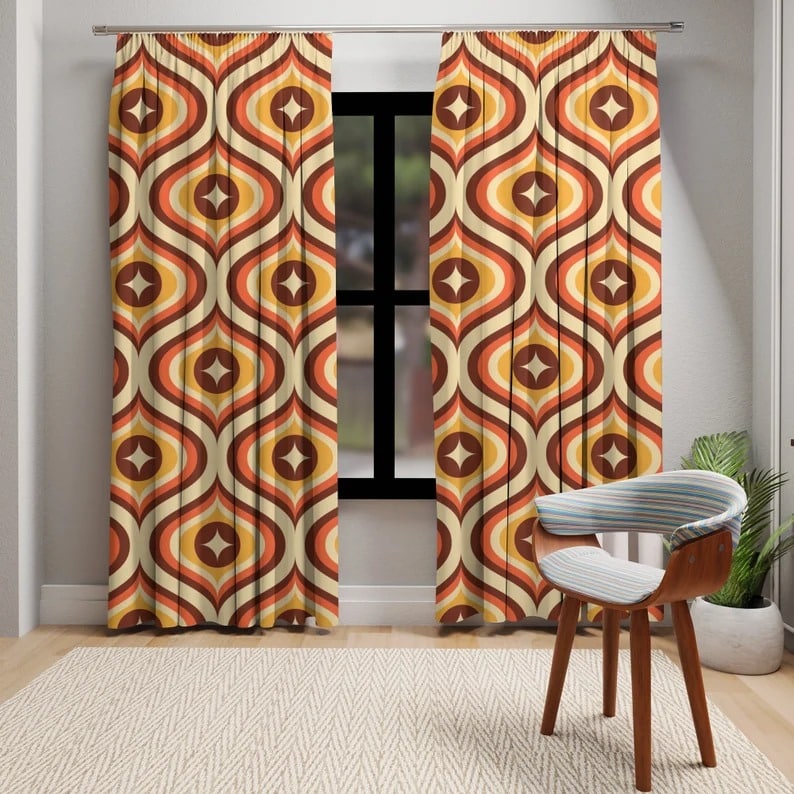
Photography: Serious, but Simple
First, take the photography of your offerings very seriously. Spend time on each image. Take close-up, vibrant photos of your product that are visually appealing or with the product in its intended place. You do not need to be a professional photographer to maintain good photographic standards. Consider using daylight (but not direct sunlight) and a basic white poster board as your backdrop if you’re photographing something small. Check for glare and solve it by experimenting with different angles.
You may also buy small product photography light boxes to avoid glare from your light source, and this is exactly how the pros do it. Keep an eye on the color balance of your photographs, and we are talking about the color balance of white light (yes, there are a range of different “whites”). If they appear abnormally blue or yellow, there is an evident color balance problem that you can probably solve in Photoshop, but then you risk changing the color tone of your actual item. If possible, utilize your camera settings to adjust it straight away. If you are using better quality lights, you might be able to adjust them to the proper range of white from the very start. The technical aspects of this fall out of the scope of this article but Amazon and Google searches and a little bit of research into the Kelvin range of proper daylight will (pun intended) shed light on the situation for you. It’s worth it, believe us.

Also, if not using a solid white or black background, keep the other things being shown in your image’s background in mind. There is an old adage in filmmaking that nothing exists outside of the framed shot, and this is true. Conversely, EVERYthing in that frame exists along with the item you’re taking a picture of. Consider your backdrop color options. Select a background that is simple and complements the colors of your goods. Also, make sure your camera is perfectly still as you shoot. It’s actually quite difficult to keep a camera steady when photographing something close up, which can result in blurry photographs. Use a tripod to keep your shot steady, or at the very least place your camera on something solid.
“Nichefy” and Write Creative Listings
Perhaps the issue isn’t with your presentation, but with what you are actually selling. Creating overly generic things for sale just makes you look like one out of hundreds of the same thing. Perhaps you need to find a niche, even if it’s not selling the thing you were planning to from the start. Doing a bit of research now might help you save money and headaches later. Before you manufacture dozens of things that you can’t sell, figure out what you want to sell, check what’s already available on Etsy, research costs, and study up on optimizing an online shop.
“But I’ve done all of this!” we hear you saying. And perhaps you truly have. But what are you also putting in print to describe your goods to entice a potential customer? Making generic, impersonal item descriptions is almost the same as saying nothing at all. A plain description won’t make anyone excited about your ideas. The image of your goods should be what draws your customer in. If they’re interested, they’ll click on it to read more about your goods, and that is where you are really making your pitch. Try writing a lengthy (but not TOO lengthy) description that has a personal touch. Allow the customer to participate in the creative process, to understand why you do what you do. Because Etsy shoppers want to connect with artists, personal descriptions work best.
As a starting point, consult Etsy’s own guidance to writing product descriptions and study the most successful Etsy sellers. Find out who the most successful sellers are using a tool like Etsy Rank, and see what you can learn from their listings. However, like with anything, there might be a variety of reasons why a shop is successful, so don’t base your entire strategy for writing descriptions on what the top sellers are doing.

SEOhhhh God, Must I Really?
Finally, there’s the thing that no one really wants to deal with but is essential to your success: understanding SEO. SEO is an abbreviation for “search engine optimization.” In layman’s terms, it refers to the process of upgrading your website so that it appears more prominently when people search for items or services linked to your company on Google or other search engines. The higher your pages appear in search results, the more likely you are to attract attention and attract new and existing clients to your business. To sell anything on Etsy, your product must appear in the search results of a consumer. You want your goods to be on the front page of Google searches. But don’t be afraid if you’ve never considered SEO, you can start with your next project. SEO work is a time-consuming endeavor, but it is worthwhile.
Etsy SEO: Ultimate Guide To Helping Customers Find Your Shop
Then there’s always social media and blogging to boost sales. Share your listings on social media in order to get more visitors to your website. You can link to your product listings if you write a blog where it’s natural to mention them. If one of your products gets discussed somewhere on the internet other than Etsy, ask the author to link back to your product description. It doesn’t hurt to inquire.
This might seem like a lot, but don’t be disheartened. If you want to expand your Etsy store, you should standardize how you write your product descriptions, the keywords you use to describe your products, and the headline structure for each listing. It may also be good to consider how you will spread the information about new things on social media or through your blog. Consider SEO as a means to keep things simple so you don’t have to reinvent the wheel every time you release a new product. If you follow fundamental best practices, your listing should appear higher in regular search results.
Keep it fun, keep it light, and keep it warmly descriptive. Get the best shots, the kind you’d like to see in a magazine. Experiment with different ideas. You’ll find your voice and your style, and then everyone else will.
